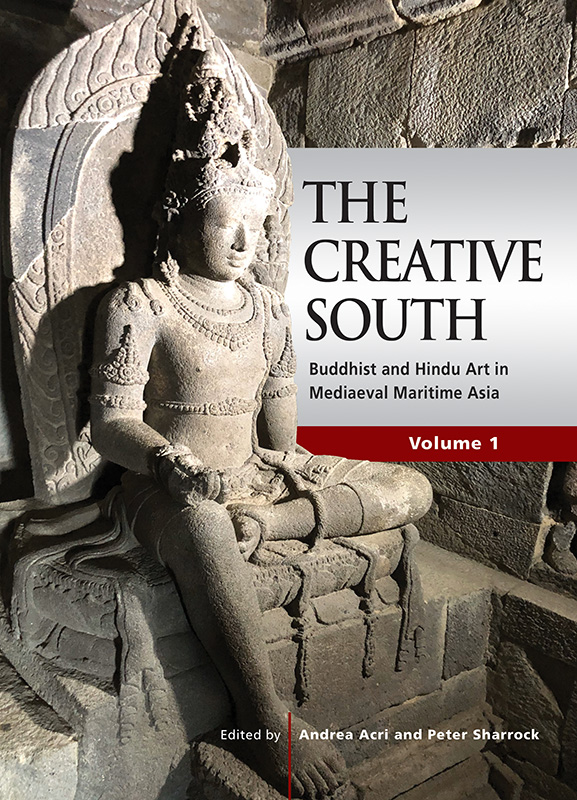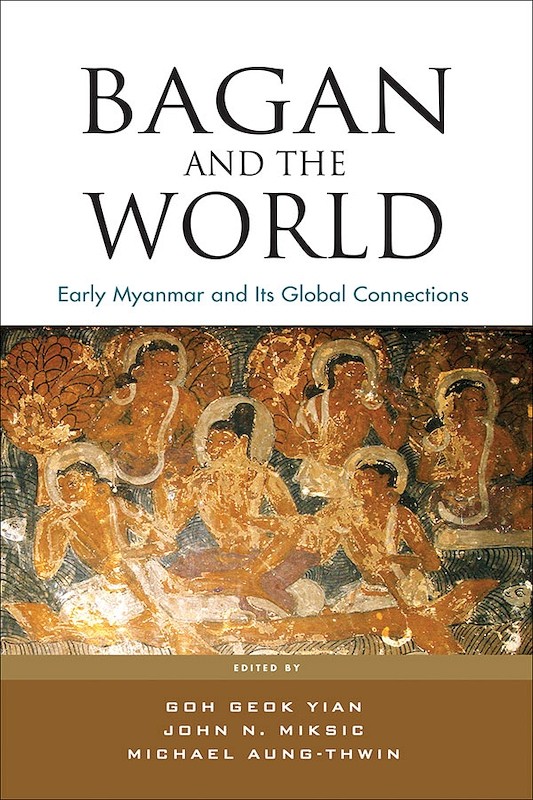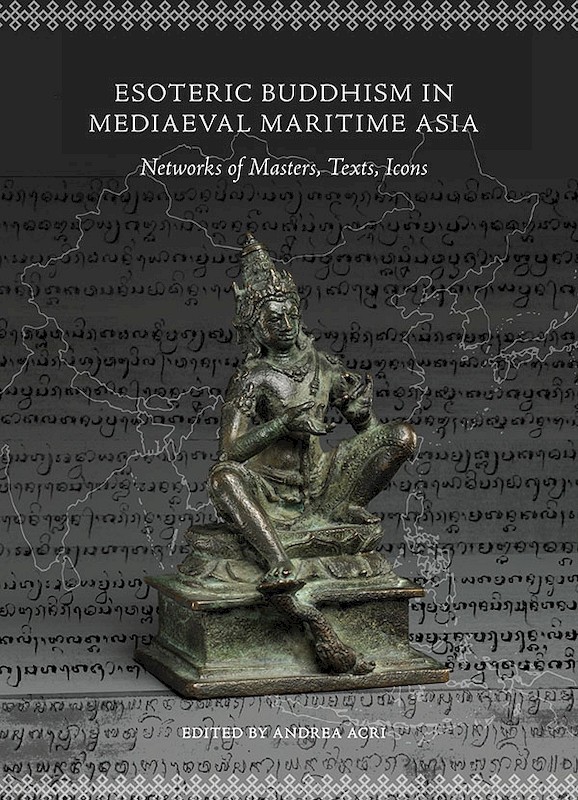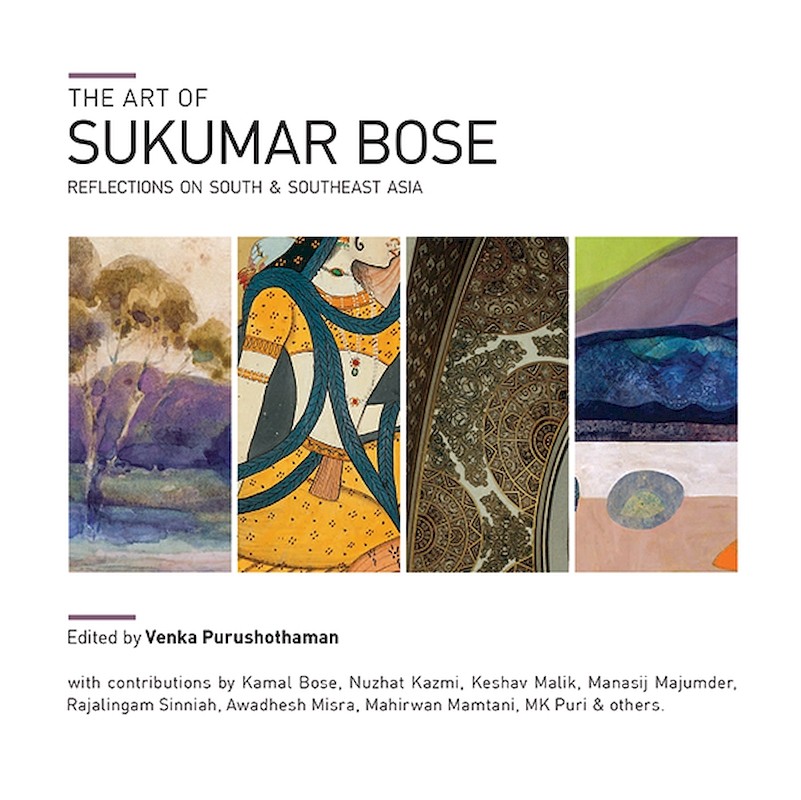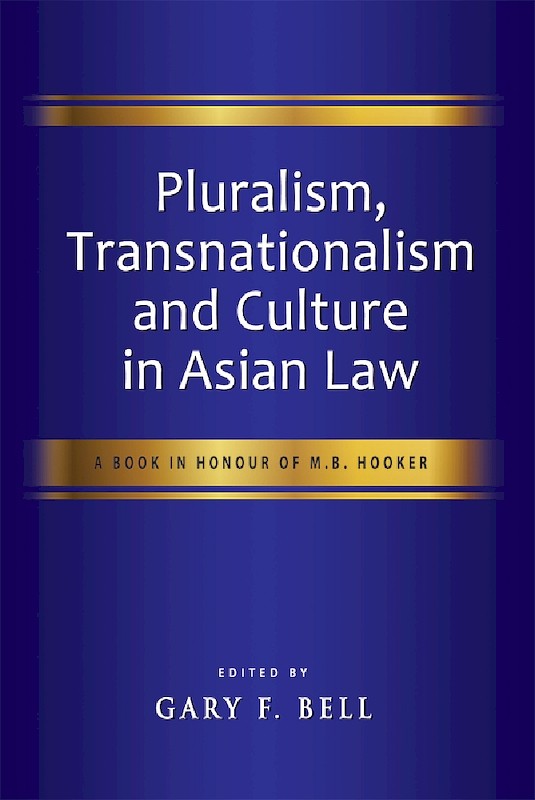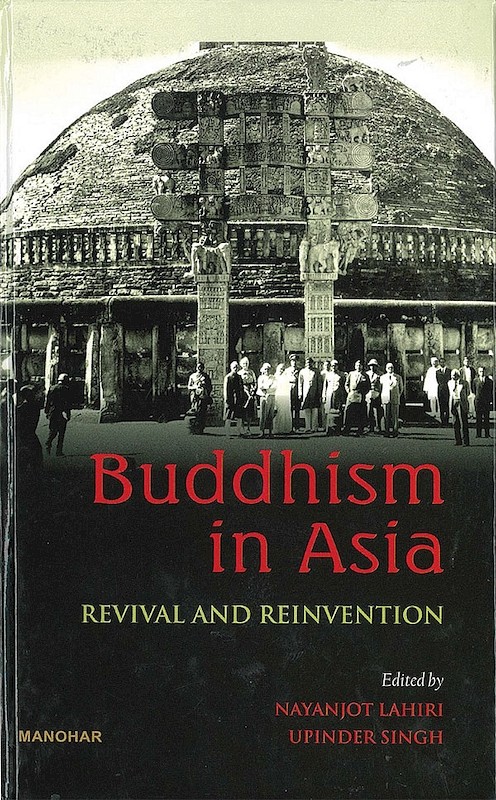The Creative South: Buddhist and Hindu Art in Mediaeval Maritime Asia, volume 2
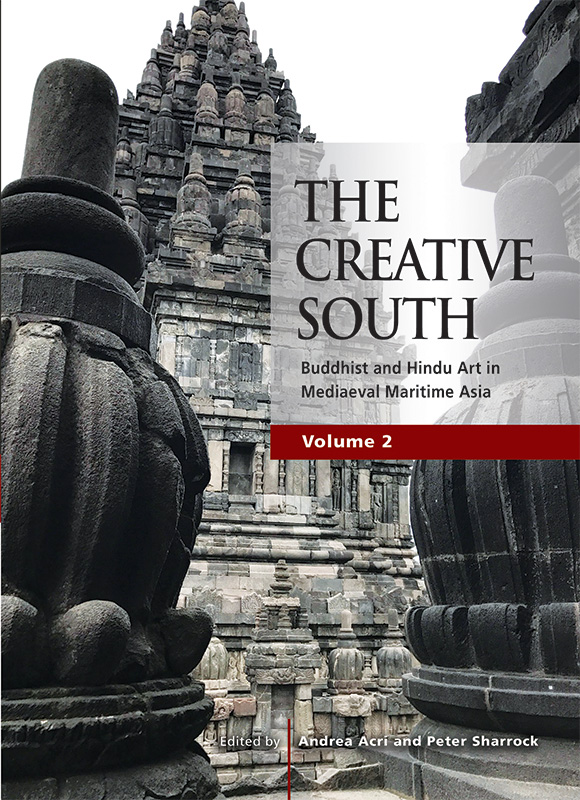
Date of publication:
2022
Publisher:
ISEAS – Yusof Ishak Institute
Number of pages:
257
Code:
BM609
Soft Cover
ISBN: 9789814951517
Reviews
Reviewed by Patrick Vanden Berghe for The International Institute of Asian Studies, March 2023. Click here to read the review.
About the publication
This edited volume programmatically reconsiders the creative contribution of the littoral and insular regions of Maritime Asia to shaping new paradigms in the Buddhist and Hindu art and architecture of the mediaeval Asian world. Far from being a mere southern conduit for the maritime circulation of Indic religions, in the period from ca. the 7th to the 14th century those regions transformed across mainland and island polities the rituals, icons, and architecture that embodied these religious insights with a dynamism that often eclipsed the established cultural centres in Northern India, Central Asia, and mainland China. This collective body of work brings together new research aiming to recalibrate the importance of these innovations in art and architecture, thereby highlighting the cultural creativity of the monsoon-influenced Southern rim of the Asian landmass.
"Although Maritime Asia in mediaeval times was not as densely populated as the agrarian hinterland, Asia’s coasts were highly urbanized. The region from southern India to south China was a heterogeneous blend of cultures, leavened with a strong interest in trade. This cosmopolitan society afforded plentiful opportunities for artists to find patrons and develop individual styles and aesthetic sensibilities. In the bustling ports of Asia’s south coast, rulers sought to embellish their prestige and attract foreign merchants by sponsoring the development of monumental complexes and centres of learning and debate. These educational institutions attracted teachers from all over Asia, and in their cloisters they developed new intellectual frameworks which were reflected in works of art and architecture. Scholars moved frequently by sea, influencing and being influenced by other foreigners such as Japanese and central Asians who were also attracted to these places.
This very variety has hindered scholarly research in the past. This volume contributes to the endeavour to show how Maritime Asia was not an incoherent jumble of misunderstood influences from better-known civilizations; there was a pattern to this creativity, which the authors in this collection clarify for us. The maritime world of Asia may have lain on the margins of the land, but it provided a physical and intellectual medium through which artistic ideas from east and west flowed freely. Maritime Asia also made significant original contributions which hold their own with those of the hinterland of the Asian continent. Unconstrained by the burden of static hierarchical courts, the peoples of Maritime Asia built on the inspiration provided by a hybrid society to demonstrate a high degree of artistic originality while testing but not breaking the link with conventional iconography."
Professor John Miksic, Department of Southeast Asian Studies, Faculty of Arts and Social Sciences, National University of Singapore (NUS)
"The collective objective of this two-volume work is to give substance to the oft cited mantra that mediaeval maritime Southeast Asia was as much an innovative contributor to, as a recipient, in the cultural conversations that took place across the Bay of Bengal and South China Sea. In bracketing these studies between the 7th and 14th centuries, the editors have drawn into focus two key traditions that are explicated in texts, ritual art and architecture and religious landscapes of this period: tantric Buddhism and esoteric Shaivism. A great strength of these studies is this focus, for which the editors are to be commended. The chapters contain much that represents significant milestones in building new understanding in the field, including overdue recognition of the importance of Southeast Asian esoteric Buddhist practice in shaping Chinese Buddhism. Nowhere did the architects of the religious landscape of early Southeast Asia think of themselves as being on the periphery, or as outsiders, looking in. Rather, they knowingly imbued their tirthas and sacred centres with the same authority as those in India and created religious edifices that were on occasions beyond India’s experience. I highly commend this publication to anyone with an interest in bringing a wider lens to the study of Indian esoteric religious practices and to understanding the relationship of early Hindu-Buddhist Southeast Asia to the wider Asian world."
John Guy, Senior Curator of South and Southeast Asian Art, The Metropolitan Museum of Art, New York
"The Creative South is a rich compendium of scholarship concerning the religious art of Southeast Asia and its ties to India in the period beginning in the 8th century. It was a time when merchants were crisscrossing the seas from India to China and when advocates of innovative doctrines and rituals were finding ready support among the rulers of the varied kingdoms. From the identification of images embraced by the seafarers to the mysteries of the fire shrines in Cambodian temples, from the funerary beliefs of Odisha to the unique character of the Javanese Ramayana, these eighteen studies provide fresh understandings of the patterns of reception and innovation."
Hiram Woodward, Mr. and Mrs. Thomas Quincy Scott Curator of Asian Art Emeritus, The Walters Art Museum
Contents
-
The Creative South: Buddhist and Hindu Art in Mediaeval Maritime Asia, volume 2
[Whole Publication, ISBN: 9789814951524], by Andrea Acri, Peter Sharrock, editors -
Preliminary pages
-
1. Introduction: Volume 2: Odisha and Java, by Andrea Acri, Peter Sharrock, authors
- PART I: FROM ODISHA TO JAVA
-
2. Saviour 'at the Time of Death': Amoghapśa’s Cultic Role in Late First Millennium Odishan Buddhist Sites, by Sonali Dhingra, author
-
3. Circulation of Buddhist Mandalas in Maritime Asia: Epigraphic and Iconographic Evidence from Odisha and Java (8th–11th Century), by Umakanta Mishra, author
- PART II: JAVA AND ITS TRANSLOCAL ECHOES
-
4. The Scheme of Borobudur, by Hudaya Kandahjaya, author
-
5. Candi Pembakaran at Ratu Boko: Its Possible Function and Association with the Mediaeval Sri Lankan Monastery at Anuradhapura, by Saran Suebsantiwongse, author
-
6. The Conqueror of the Three Worlds: The Cult of Trailokyavijaya in Java Studied Through the Lens of Epigraphical and Sculptural Remains, by Michel Gauvain, author
-
7. The Social Context of the Central Javanese Temples of Kalasan and Prambanan (8th–9th Century CE), by Mimi Savitri, author
-
8. Sita as Ravana’s Daughter at Candi Prambanan, by Roy Jordaan, author
-
9. Hydro-architectonic Conceptualizations in Central Javanese, Khmer, and South Indian Religious Architecture: The Prambanan Temple as a Sahasraliga Mechanism for the Consecration of Water, by Jeffrey R Sundberg, author
-
10. New Archaeological Data from Mount Penanggungan, East Java, by Hadi Sidomulyo, author
-
The Contributors
-
Index

